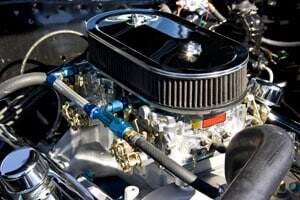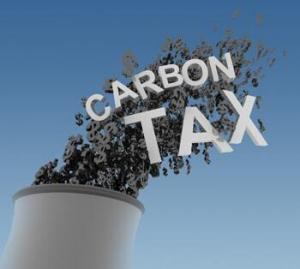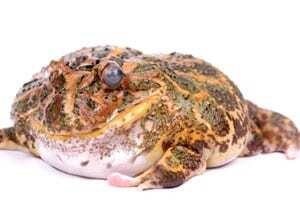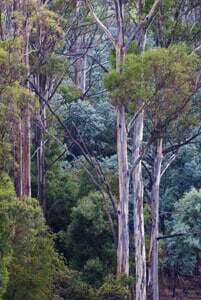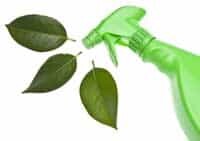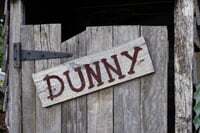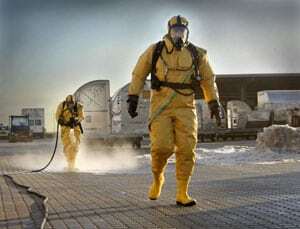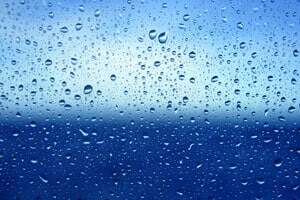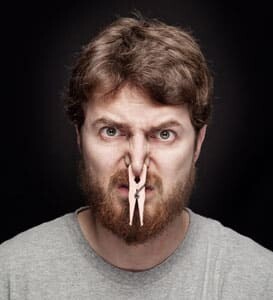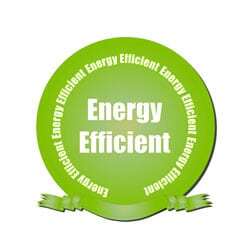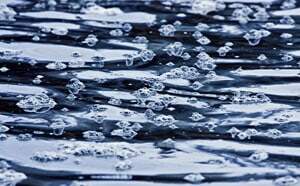Hard yakka and hard and heavy industry work requires heavy duty cleaning products that can deliver the job they promise. But in today’s ever changing environmentally conscious world, the old cleaning materials comprising harsh and yes – effective – but environmentally brutal solvent based products – are no longer acceptable. New alternatives and new technologies are required, and Envirosafe Solutions has been involved in the development of sound and environmentally safe industrial and home cleaning products that clean effectively without harming our precious environment.
Their Heavy Duty Alkaline Cleaner/Degreaser is an extremely effective and highly active all purpose alkaline cleaner and degreaser, that can be used on hard to shift deposits in all kinds of industry. It is not only suitable for use on vehicle motors and truck machinery, but can also be applied to workshops and factory or industry areas or machinery where grease and grime build ups are a constant workplace reality. In fact, Heavy Duty Alkaline Cleaner/Degreaser can be used on just about all heavily soiled hard surfaces.
Envirosafe Solutions is proud to announce that this product is indeed alkaline based and also contains absolutely no petro-solvents or harsh acids whatsoever. It is also non-toxic and is extremely adaptable to a wide range of applications.
The only alteration to directions when using it in different applications is an alteration to the dilution ratios. For example:
- Greasy workshop floors- dilute at 1:25 with water
- Heavy duty machinery- dilute between 1:5 and 1:15 with water
- Motors and engines- dilute at 1:50 with water
- Shower and toilet areas- dilute between 1:50 and 1:100 with water
- Spray and wipe- dilute at 1:50 with water (1:10 for heavy duty)
Heavy Duty Alkaline Cleaner/Degreaser is also offered in a range of packaging options. Large scale industries and business may take the 205 or the 1000 litre options, whereas smaller businesses and those sourcing this product for domestic use may want to purchase the 4 x4litre per carton option. For medium sized businesses or workshop concerns, the 10 and 20 litre packaging options are also suitable.
If you require an effective and extremely versatile alkaline cleaner and degreaser that will not damage or hurt the environment, try sourcing Extreme Green Heavy Duty Alkaline Cleaner/Degreaser.
The Envirosafe Range is tailored to suit Australian conditions and the Envirosafe Solutions development team understands the requirements and needs of our delicate and awe-inspiring continent. That is why the Extreme Green Range adheres to industry best practice when it comes to eco-friendly alternatives to traditional degreasing and cleaning products. To order your Extreme Green Heavy Duty Alkaline Cleaner/Degreaser telephone Envirosafe Solutions on 1300 88 90 70.








